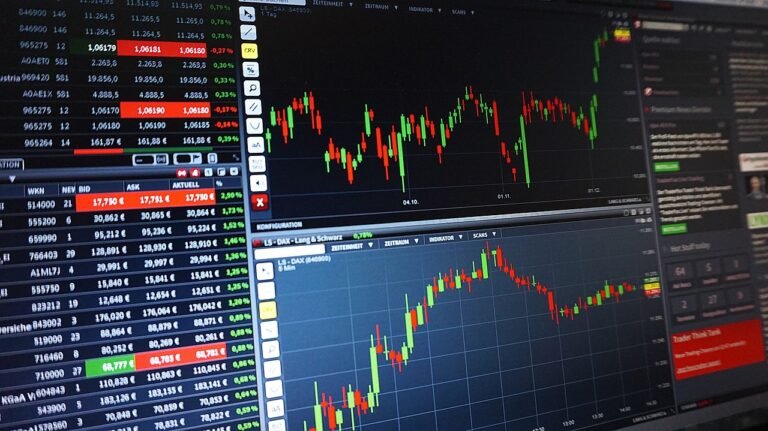
The foreign exchange (forex) market is the largest and most liquid financial market in the world, offering endless opportunities for traders. For beginners, stepping into this dynamic market can feel overwhelming, but with the right knowledge and preparation, you can start trading confidently. This guide covers the basics of forex trading and how to get started.
What is the Forex Market?
The forex market is a global marketplace for buying and selling currencies. It operates 24 hours a day, five days a week, and involves participants ranging from individual traders to large financial institutions.
Key Characteristics of the Forex Market:
- Currency Pairs: Currencies are traded in pairs, such as EUR/USD or GBP/JPY, where the first currency is the base and the second is the quote.
- High Liquidity: The immense volume of daily transactions ensures tight spreads and fast order execution.
- Accessibility: Anyone with an internet connection and a trading account can participate.
Why Trade Forex?
Forex trading offers several advantages that make it appealing to beginners and experienced traders alike:
- Low Entry Barrier: Start trading with as little as $100.
- Leverage: Amplify your trading power with leverage, allowing you to control larger positions.
- Variety of Strategies: Use short-term or long-term trading approaches based on your goals and schedule.
- Global Market: Trade around the clock as forex spans multiple time zones.
Steps to Start Forex Trading
1. Learn the Basics
Understanding the fundamentals is crucial before diving into forex trading. Key concepts include:
- Pips: The smallest price movement in a currency pair.
- Leverage: Borrowed capital that allows you to trade larger positions.
- Margin: The amount of capital required to open and maintain a trade.
- Spread: The difference between the bid and ask price of a currency pair.
2. Choose a Reliable Forex Broker
Selecting a trustworthy broker is a critical step in starting your trading journey. Consider the following factors:
- Regulation: Ensure the broker is licensed by reputable regulatory authorities like FCA, ASIC, or CySEC.
- Trading Platform: Choose a user-friendly platform like MetaTrader 4 or MetaTrader 5.
- Fees: Compare spreads, commissions, and withdrawal costs.
- Customer Support: Look for responsive and accessible support services.
3. Open and Fund a Trading Account
Once you’ve chosen a broker, follow these steps:
- Register and verify your account.
- Deposit funds using available payment methods.
- Start with a demo account to practice trading with virtual funds.
4. Develop a Trading Plan
A trading plan outlines your goals, strategies, and risk management rules. It should include:
- Trading Goals: Define short-term and long-term objectives.
- Risk Tolerance: Determine the percentage of your capital you are willing to risk per trade.
- Preferred Strategies: Identify the trading style that suits you, such as scalping, day trading, or swing trading.
5. Learn Technical and Fundamental Analysis
To make informed decisions, traders rely on two primary forms of analysis:
- Technical Analysis: Study price charts, patterns, and indicators to predict market movements.
- Fundamental Analysis: Analyze economic data, news, and geopolitical events that influence currency values.
6. Start Trading
Begin trading with small positions and gradually increase as you gain experience. Focus on:
- Risk Management: Use stop-loss orders and proper position sizing to protect your capital.
- Monitoring Trades: Regularly review your positions and adjust as necessary.
- Keeping a Trading Journal: Track your trades to identify strengths and areas for improvement.
Common Beginner Mistakes to Avoid
- Overtrading: Avoid placing excessive trades driven by emotion or greed.
- Ignoring Risk Management: Always set stop-loss orders and limit the amount you risk per trade.
- Neglecting Education: Continuously learn and refine your trading skills.
Conclusion
Forex trading is an exciting and potentially lucrative opportunity for beginners willing to invest time and effort in learning. By understanding the basics, choosing the right broker, and developing a solid trading plan, you can confidently start your journey in the world’s largest financial market. Remember, patience and discipline are key to long-term success.